Its scientific name is Vigna Unguiculata also known as asparagus beans, string beans, snakes beans and Dou Jiao in Chinese. This vegetable is from the Legume Family so this is a good crop to plant in your garden. The fruit/pod is best eaten when young and slender mixed in stew (sinigang, kare-kare), or just sauted/stir fry.
It has thiamin, riboflavin, phosphorous, iron, protein, Vits A, C, manganese, magnesium, and folate. Potassium is the most abundant element in the seeds.
Here are some sample recipes from the web.
A. Curry String beans/Mae Karal/Sitaw http://www.infolanka.com/recipes/mess3/128.html
Serves 4-6.
3 cups long beans (mae karal) cut into 2 inch pieces
1 tsp of chillie powder
1/2 tsp turmeric powder
1 tsp curry powder
1 onion chopped
1-2 green chillies chopped
2″ piece of cinnamon
2 cloves garlic chopped
salt to taste
Curry leaves (optional)
2 tbsp cooking oil
1/2 cup of coconut milk
Mix all the ingredients in a bowl except coconut milk and oil. Heat a medium size pan under medium fire. Add oil. Add the mixture from above and stir. Cover add cook for about 5 minutes. Stir every 2 minutes or so. Next add the coconut milk and cook for another 5 mins. Serve with hot rice.
B. Thai Stir Fried Yard Long Beans
~Thai Spicy Stir-fried Seafood with Yardlong Bean Recipe~
Preparation: 10
Cooking time: 5
Servings: 2-4
2 tablespoons cooking oil
3 tablespoons red curry paste, Phuket Curry Paste or Prik Khing curry paste (Mae Sri)
5 Kaffir lime leaves
1/2 cup calamari rings
1/2 cup shrimp, peeled and deveined
1 cup yardlong beans beans or green beans, cut into 1 inch-lengths
1 cup cauliflower florets
1 tablespoon brown sugar
½ cup Thai basil
Heat the wok on high heat. When it is hot, add the cooking oil, then the red curry paste and Kaffir. Cook until fragrant, about 30 seconds. Then stir in calamari, shrimp, beans, yardlong beans, cauliflower and sugar. Stir until the seafood cooks through and the vegetables are cooked, but still crispy. Add a few tablespoon water as need to create steam and sauce for the cooking. Then stir in basil for 10 seconds. Serve over jasmine rice.
Note from me: since kaffir is hard to find in the Philippines, maybe we an substitute calamansi leaves
C. Yard Long Beans with lime, basil and peanuts
http://www.world-food-and-wine.com/recipe/yard-long-beans-lime-basil-and-peanuts
Description
A simple and delicious side dish from Thai inspiration.
Ingredients
1 lb beans (yard-long beans, or green beans, top, tailed and cut into 2 inch pieces)
1⁄2 c peanuts (roasted and salted, finely chopped or ground)
3 T sesame oil
2 limes (juice and zest)
1 T honey (optional)
2 t vinegar (rice vinegar or coconut vinegar)
2clves garlic (finely chopped)
1 spring onion (sliced thin)
1⁄3 c basil (fresh Thai basil leaves, chopped)
1 pn salt
Instructions
In a bowl, mix chopped peanuts and lime zest. Reserve.
Mix 1 tablespoon sesame oil, vinegar, lime juice and honey. to make a dressing Set aside.
Heat 1-2 tablespoons oil in a wok, and stir fry garlic, onion and beans for about 4-5 minutes. season with a pinch of salt.
Pour the lime sauce over the vegetables and cook for a moment, until warmed through.
Scatter chopped basil and peanut-lime zest mix over the beans. Serve.
Notes:
If you want to serve this recipe cold, Stir fry the vegetables and then toss them into the lime sauce. Allow to cool to room temperature and chill in the fridge until it is time to serve.
If you are worried you wouldn’t find some of the ingredients, know that you can substitute peanuts with roasted and salted cashew nuts; Thai basil with ordinary basil, coriander or mint; rice vinegar with cider vinegar; a spring onion with 1/2 small white onion, or a shallot, thinly sliced; sesame oil with peanut or olive oil… and still produce a delicious dish.


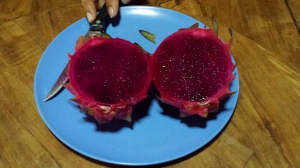
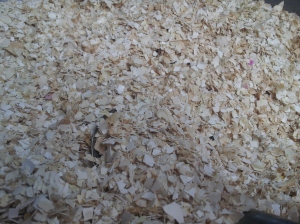



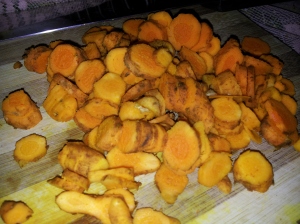
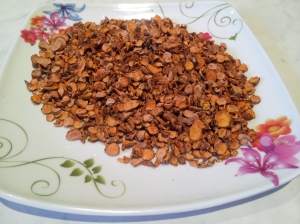
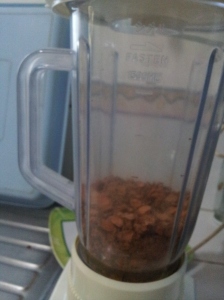












Recent Comments